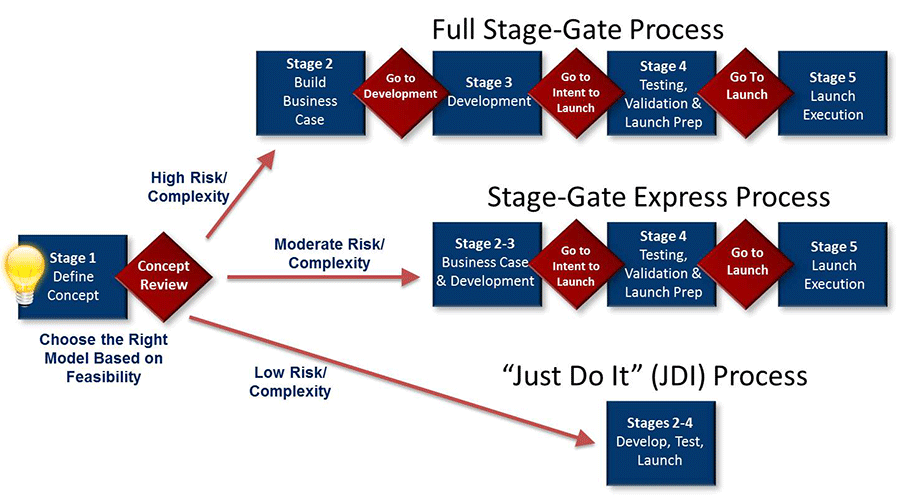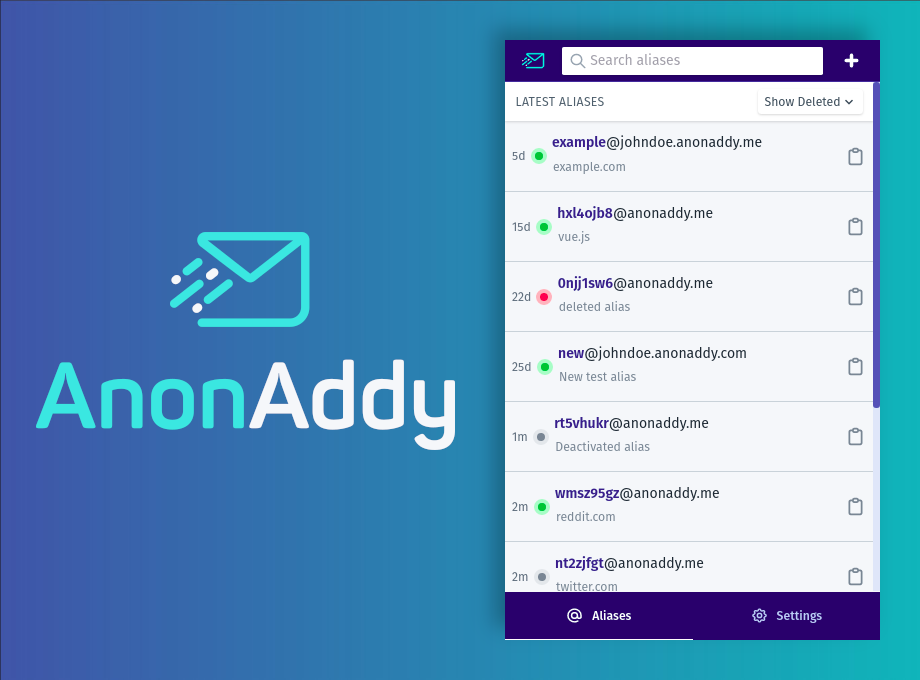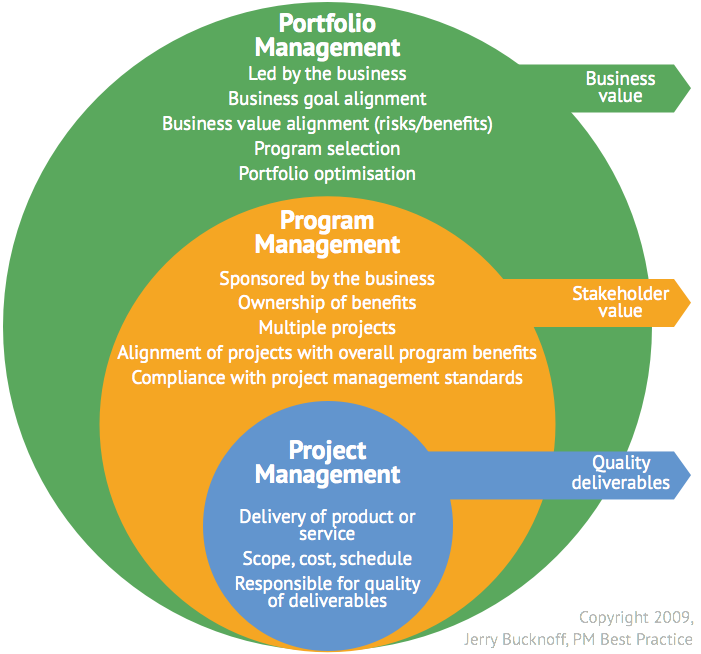Introduction
The Allure of Multitasking in our digital age
In today's world, multitasking has become a badge of honor. We often find ourselves juggling multiple tasks at once—responding to emails while on a conference call, or cooking dinner while helping the kids with homework. The ability to handle several things at once is seen as a necessary skill in our busy lives.
But what if this constant juggling isn't actually helping us be more productive?
Why You Should Rethink Multitasking
In this article we aim to challenge the common belief that multitasking is an effective way to get things done. We'll explore why multitasking is not just a myth but a trap that can hinder productivity, especially in project management.
We'll look into the science behind why our brains aren't wired to handle multiple tasks effectively and discuss how multitasking can lead to mistakes, stress, and ultimately, failure to meet goals.
The Role of Project Management and Single-Tasking
We'll also introduce you to concepts from project management, particularly Critical Chain Project Management (CCPM), that emphasize the importance of focusing on one task at a time. By the end of this article, you'll understand why single-tasking—focusing on one task until completion—is a far superior approach to managing your time and energy.

Understanding Multitasking
What Multitasking Really Means
Multitasking is often misunderstood as the ability to perform multiple tasks simultaneously with efficiency. In reality, it refers to the rapid switching between tasks rather than doing them at the same time.
This concept originated in the world of computing, where a computer's processor can switch between tasks so quickly that it appears to handle multiple tasks at once. However, unlike machines, human brains are not designed to process several tasks simultaneously without a significant drop in efficiency and effectiveness.
Why Many People Believe Multitasking Is Effective
The belief in multitasking’s effectiveness stems from a few key misconceptions:
- Visible Productivity: People often feel they are getting more done because they are touching multiple tasks within a short period.
- Cultural Expectations: In many workplaces, the ability to multitask is seen as a desirable skill, leading to its normalization.
- Survival Instinct: In our daily lives, the ability to juggle several activities at once seems necessary to keep up with modern demands.
However, this perception overlooks the reality that switching between tasks requires cognitive energy, which can drain focus and lead to mistakes.
Situations Where Multitasking Seems Necessary
Consider a project manager who is overseeing multiple projects simultaneously. They may feel the need to switch between different tasks—responding to emails, attending meetings, and managing teams—all within the same hour. Similarly, in personal life, a parent might find themselves cooking dinner, helping with homework, and checking work emails at the same time. While these scenarios seem to necessitate multitasking, they often result in decreased efficiency, higher stress, and a lower quality of work.

The Science Behind Multitasking
Cognitive Load Theory: How the Brain Processes Tasks
Cognitive Load Theory explains that our brain has a limited amount of cognitive resources available at any given time. When we try to perform multiple tasks simultaneously, these resources are spread thin, leading to a decrease in the effectiveness with which we perform each task. Unlike computers, which can switch tasks rapidly without a decrease in processing power, our brains require time and effort to shift attention from one task to another. This shifting creates a bottleneck in our cognitive processes, leading to slower performance and an increased likelihood of errors.
Attention Residue: The Concept and Its Impact
When we switch from one task to another, a portion of our attention remains on the previous task. This phenomenon, known as "attention residue," means that not all of our focus is on the current task, leading to reduced cognitive efficiency. Research has shown that the more complex the tasks, the greater the attention residue, which can significantly impair performance. For example, moving from writing an email to analyzing a report might leave part of your brain still thinking about the email, making it harder to concentrate fully on the report.
Research Findings: How Multitasking Affects Performance
Studies have demonstrated the negative effects of multitasking on performance. For instance, a study conducted at Stanford University found that heavy multitaskers performed worse in tasks involving memory, attention, and the ability to switch between tasks than those who focused on one task at a time. Moreover, research from the University of London, Dr Glenn Wilson found that multitasking during cognitive tasks can reduce your IQ by up to 15 points, equivalent to the effects of losing a night's sleep. These findings suggest that multitasking not only slows you down but also diminishes the quality of your work and decision-making abilities.

Task Switching and Its Impact on Productivity
Understanding Task Switching: The Hidden Costs
Task switching occurs when you move from one task to another, whether it’s answering an email while working on a report or checking your phone in the middle of a meeting. Each time you switch, your brain must shift gears, which requires cognitive effort and time. This is often referred to as the "switching cost," and it’s more significant than most people realize. Studies have shown that even brief mental blocks created by shifting between tasks can cost as much as 40% of someone's productive time.
The Time It Takes to Regain Focus
After switching tasks, it takes an average of 23 minutes and 15 seconds to regain full focus on the original task, according to research by the University of California, Irvine. This means that frequent task switching can lead to substantial cumulative time loss throughout the day. The more complex or dissimilar the tasks, the longer it takes to refocus, which further hampers productivity.
The Cumulative Effect of Frequent Task Switching
The cumulative effect of frequent task switching is a major drain on productivity. If you are constantly switching between tasks, not only do you lose time, but the quality of your work also suffers. The mental fatigue from constant switching can lead to errors, lower creativity, and increased stress levels. Over time, this can create a cycle of inefficiency where the more you switch, the less you accomplish, despite the perception of being busy.

The Pitfalls of Multitasking in Project Management
Impact on Project Timelines
One of the most significant consequences of multitasking in project management is its negative impact on timelines. When team members or project managers attempt to juggle multiple tasks or projects simultaneously, it often leads to delays. Each task requires a certain level of focus and attention to detail, and when attention is divided, tasks take longer to complete. This can result in missed deadlines, extended project durations, and ultimately, cost overruns.
Resource Allocation Issues
Effective resource management is a cornerstone of successful project management. Multitasking disrupts this by creating inefficiencies in how resources—whether human, financial, or material—are utilized. When team members are spread too thin across multiple tasks, they cannot dedicate the necessary time and effort to any one task, leading to suboptimal outcomes. This can cause bottlenecks, where certain aspects of a project are delayed because key resources are unavailable, waiting on other tasks to be completed.
Quality Degradation
Multitasking is a major contributor to the degradation of work quality. When attention is divided, the likelihood of mistakes increases. This can be particularly damaging in complex projects where accuracy and precision are crucial. Errors made due to multitasking can lead to rework, which not only delays the project further but also increases costs. In construction, for example, a small mistake in planning or execution can have significant repercussions, requiring costly and time-consuming corrections.
Increased Stress Levels
Multitasking can significantly increase stress levels among team members and project managers. The constant need to switch between tasks creates a sense of urgency and pressure, leading to burnout. When individuals feel overwhelmed by the demands of juggling multiple responsibilities, it can affect their morale, productivity, and overall well-being. High stress levels can also lead to higher absenteeism, turnover, and a negative impact on team dynamics.
Critical Chain Project Management (CCPM) and Single-Tasking
Introduction to CCPM: What It Is and Why It Matters
Critical Chain Project Management (CCPM) is a method of project management that focuses on managing the uncertainties in projects by identifying and protecting the critical chain—the sequence of dependent tasks that determine the project’s duration. Unlike traditional project management approaches that often lead to multitasking, CCPM emphasizes the importance of completing one task at a time to ensure the project stays on track. By prioritizing single-tasking and reducing task-switching, CCPM helps to mitigate the risks of delays and resource inefficiencies.
Buffer Management: Safeguarding Against Delays
One of the key components of CCPM is the use of buffers—time added to project schedules to absorb potential delays and uncertainties. These buffers are strategically placed to protect the critical chain, allowing for smooth project progression even when unexpected issues arise. By managing buffers effectively, CCPM minimizes the need for multitasking, as tasks are scheduled in a way that accounts for potential setbacks without requiring constant attention shifts. This approach ensures that tasks are completed sequentially, reducing the cognitive load on team members and improving overall project performance.
Benefits of Single-Tasking: Focus, Quality, and Time Management
Single-tasking, as advocated by CCPM, offers several benefits that contribute to project success:
- Enhanced Focus: By concentrating on one task at a time, team members can fully dedicate their cognitive resources to the task at hand, leading to higher quality outcomes and faster completion times.
- Reduced Errors: Single-tasking minimizes the likelihood of mistakes that often arise from divided attention, ensuring that work is done correctly the first time, reducing the need for rework.
- Improved Time Management: With a clear focus on the critical chain and the elimination of unnecessary multitasking, projects are more likely to stay on schedule and within budget.
Real-World Applications of CCPM
To illustrate the effectiveness of CCPM and single-tasking, consider a residential construction project. Traditionally, project managers might attempt to expedite the project by having teams work on multiple aspects simultaneously—design, procurement, and construction. However, this often leads to bottlenecks and delays when tasks are interdependent. By applying CCPM, the project manager can prioritize critical tasks, such as securing permits before beginning construction, ensuring that each task is completed in sequence. This approach not only prevents delays but also reduces the stress and pressure on the project team, leading to a smoother, more efficient process.

Practical Tips to Avoid Multitasking
Prioritization Techniques: Focus on What Matters Most
One of the most effective ways to avoid multitasking is to prioritize tasks based on their importance and urgency. Tools like the Eisenhower Matrix can help you categorize tasks into four quadrants: urgent and important, important but not urgent, urgent but not important, and neither urgent nor important. By focusing on the most critical tasks first, you can ensure that your attention is directed where it’s needed most, reducing the temptation to multitask.
Time Blocking: Allocate Specific Time Slots for Tasks
Time blocking involves scheduling specific blocks of time for individual tasks or activities. By dedicating a set amount of time to a single task, you can immerse yourself fully in the task at hand without distractions. This technique helps to create boundaries around your work, making it easier to focus and resist the urge to switch between tasks. For example, you might block out an hour in the morning for deep work on a critical project and another block in the afternoon for answering emails.
Delegation: Share the Load
Multitasking often occurs when you try to take on too much at once. Learning to delegate tasks to others can help you manage your workload more effectively. By assigning tasks to team members based on their strengths and expertise, you can focus on the tasks that require your attention and reduce the cognitive load associated with multitasking. Delegation not only improves efficiency but also empowers your team, fostering a collaborative work environment.
Mindfulness Practices: Stay Present and Focused
Mindfulness practices, such as meditation and deep breathing exercises, can help you develop greater awareness of your thoughts and actions. By cultivating mindfulness, you can train your mind to stay present and focused on the task at hand, reducing the tendency to multitask. Even taking a few minutes each day to practice mindfulness can make a significant difference in your ability to concentrate and complete tasks more efficiently.
Addressing the Multitasking Myth
Why Multitasking Persists: Social and Cultural Factors
Despite overwhelming evidence against its effectiveness, the myth of multitasking persists, largely due to social and cultural factors. In many workplaces, multitasking is seen as a sign of productivity and efficiency. Employees are often praised for their ability to juggle multiple tasks, and the pressure to keep up with fast-paced work environments reinforces this behavior. Additionally, the rise of technology and instant communication tools has made it easier—and sometimes expected—for people to handle several tasks simultaneously.
Why Common Justifications for Multitasking Fail The Pub Test
People often justify multitasking by claiming it helps them get more done in less time. However, this belief is misguided. Research shows that multitasking actually reduces productivity because of the time lost in switching between tasks and the increased likelihood of errors. Another common justification is that some tasks are "mindless" and can be done in the background while focusing on more important work. Yet even these tasks require a portion of cognitive resources, detracting from the primary task and leading to suboptimal results in both.
Long-Term Consequences: Impact on Career Growth, Mental Health, and Project Success
The long-term consequences of multitasking are significant. Over time, the constant strain of switching between tasks can lead to burnout, decreased job satisfaction, and even physical health issues, such as chronic stress. In terms of career growth, the habit of multitasking can hinder professional development, as the quality of work may suffer, and key skills might not be fully developed. For projects, the risks include missed deadlines, budget overruns, and diminished overall success, which can negatively impact both the individual and the organization.
Conclusion
Multitasking may seem like a practical solution in our fast-paced world, but it often leads to reduced productivity, lower quality work, and increased stress. We've explored the science behind why our brains struggle with multitasking, the pitfalls of applying this approach in project management, and the benefits of single-tasking, especially through methodologies like Critical Chain Project Management (CCPM). By focusing on one task at a time, you can achieve better results, maintain your mental well-being, and ensure project success.
It's time to rethink our approach to productivity. Rather than trying to do more at once, consider the benefits of doing one thing well. Single-tasking allows for deeper focus, higher-quality outcomes, and a more satisfying work experience. By implementing the practical tips discussed, you can gradually shift away from multitasking and experience the positive impact on both your personal and professional life.
Start by prioritizing your tasks, blocking out time for focused work, and practicing mindfulness. Share your experiences with us—how has reducing multitasking affected your productivity and well-being?
Frequently Asked Questions (FAQs)
- Why do people think multitasking is effective?
- Many believe multitasking is effective because it gives the illusion of productivity, allowing them to address multiple tasks in a short period. However, research shows that this approach often leads to lower quality work and increased stress.
- What are the best ways to stop multitasking?
- Some effective strategies include prioritizing tasks using tools like the Eisenhower Matrix, time blocking, delegating tasks, and practicing mindfulness to stay focused on one task at a time.
- How does multitasking affect mental health?
- Multitasking can lead to increased stress, burnout, and mental fatigue. The constant switching between tasks can also reduce job satisfaction and contribute to long-term health issues.
- What are some tools to help focus on one task at a time?
- Tools like time-tracking apps, Pomodoro timers, and task management software can help you stay focused on a single task and manage your time more effectively. Checkout Kanban Flow for WIP Portfolio and Project Management that is easy to use and very affordable.
- Can multitasking ever be effective?
- In some cases, such as when performing simple, routine tasks that require little cognitive effort, multitasking might not significantly impact performance. However, for tasks requiring focus and creativity, single-tasking is generally more effective.
- How does single-tasking improve project outcomes?
- Single-tasking allows team members to focus on completing tasks with greater attention to detail, leading to higher-quality work, fewer errors, and more efficient use of time and resources.
- Is there a difference between multitasking and task switching?
- Yes, multitasking often involves rapid task switching rather than performing tasks simultaneously. Task switching comes with its own cognitive costs, such as attention residue and lost time, making it inefficient for most complex tasks.
Further Reading












